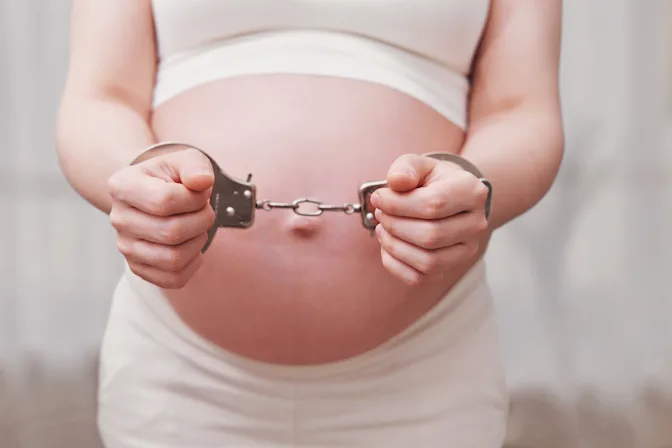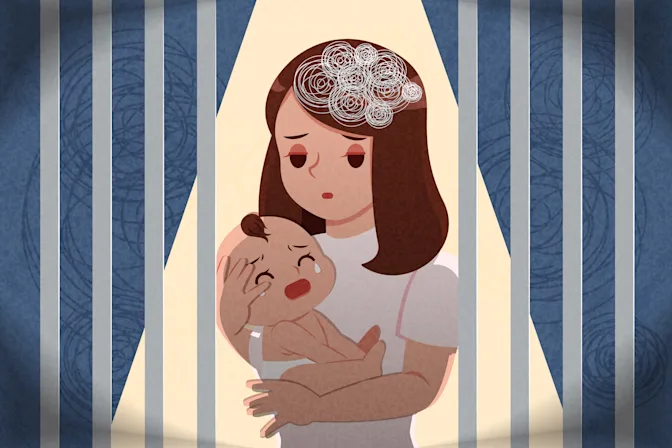
Babies Born Behind Bars
When women give birth in prison, the experiences and outcomes vary widely depending on the state, facility, and whether they are in federal custody. The lack of standardized care results in significant disparities in how pregnant inmates are treated across the country. Let's explore what happens when women must give birth behind bars.
General Statistics and Care
There are an estimated 58,000 pregnant women in U.S. jails and prisons each year. However, detailed statistics on their experiences are sparse due to inconsistent tracking and reporting. A study published in the American Journal of Public Health found that out of 753 state and federal prison inmates who had live births, most delivered in hospitals. Nonetheless, there have been instances where women have given birth in their cells without medical assistance.

The medical care provided to pregnant inmates often lacks standardization. Some facilities ensure timely transportation to hospitals for delivery, while others fail to provide adequate prenatal and postnatal care. The variability in care can lead to severe health risks for both the mother and the child.
Examples of Care
In some cases, women have received appropriate medical attention. For instance, in a sample of 753 live births, three newborn deaths and no maternal deaths were reported, with nearly a third of deliveries being Cesarean sections. However, there were also 63 pregnancies that did not result in live births, including miscarriages, stillbirths, and ectopic pregnancies.
In contrast, there are reports of women giving birth alone in their cells despite calling for help. This highlights the extreme disparities in the quality of care provided.
Postpartum and Maternal Bonding
Postpartum care and maternal bonding opportunities are also inconsistent. At least 11 states and some federal prisons have "prison nursery programs" that allow mothers to stay with their babies for varying lengths of time, ranging from 30 days to several years. These programs facilitate breastfeeding and bonding, which are crucial for the child's development. However, access to such programs is limited, and many women have to part with their newborns shortly after birth.

For most incarcerated women, the baby is placed in the care of a trusted family member or partner, if available. If no such person is identified, the baby is taken into state custody. The ability of the mother to maintain contact with the child while incarcerated is highly variable and often restricted.
Mental Health and Reentry
The mental health impact on women who give birth in prison is significant. The isolation, lack of autonomy over their birth experience, and separation from their newborns can lead to long-term psychological effects.

Upon release, many women face the challenge of reintegrating into their families and communities. Support from organizations dedicated to assisting incarcerated mothers can be instrumental in facilitating a successful reentry and maintaining sobriety and stability. Motherhood Beyond Bars, for example, is a nonprofit organization in Georgia that provides pregnancy and postpartum support for incarcerated individuals.
The care provided to pregnant women in prison is inconsistent and often inadequate, leading to significant health risks for both mothers and their children. The lack of standardized protocols and oversights contribute to these disparities. Ensuring consistent, humane, and comprehensive care for pregnant inmates is essential for their health and the well-being of their children.
References: What giving birth in prison is really like: One mom's story | What Happens When a Woman Gives Birth Behind Bars?
























